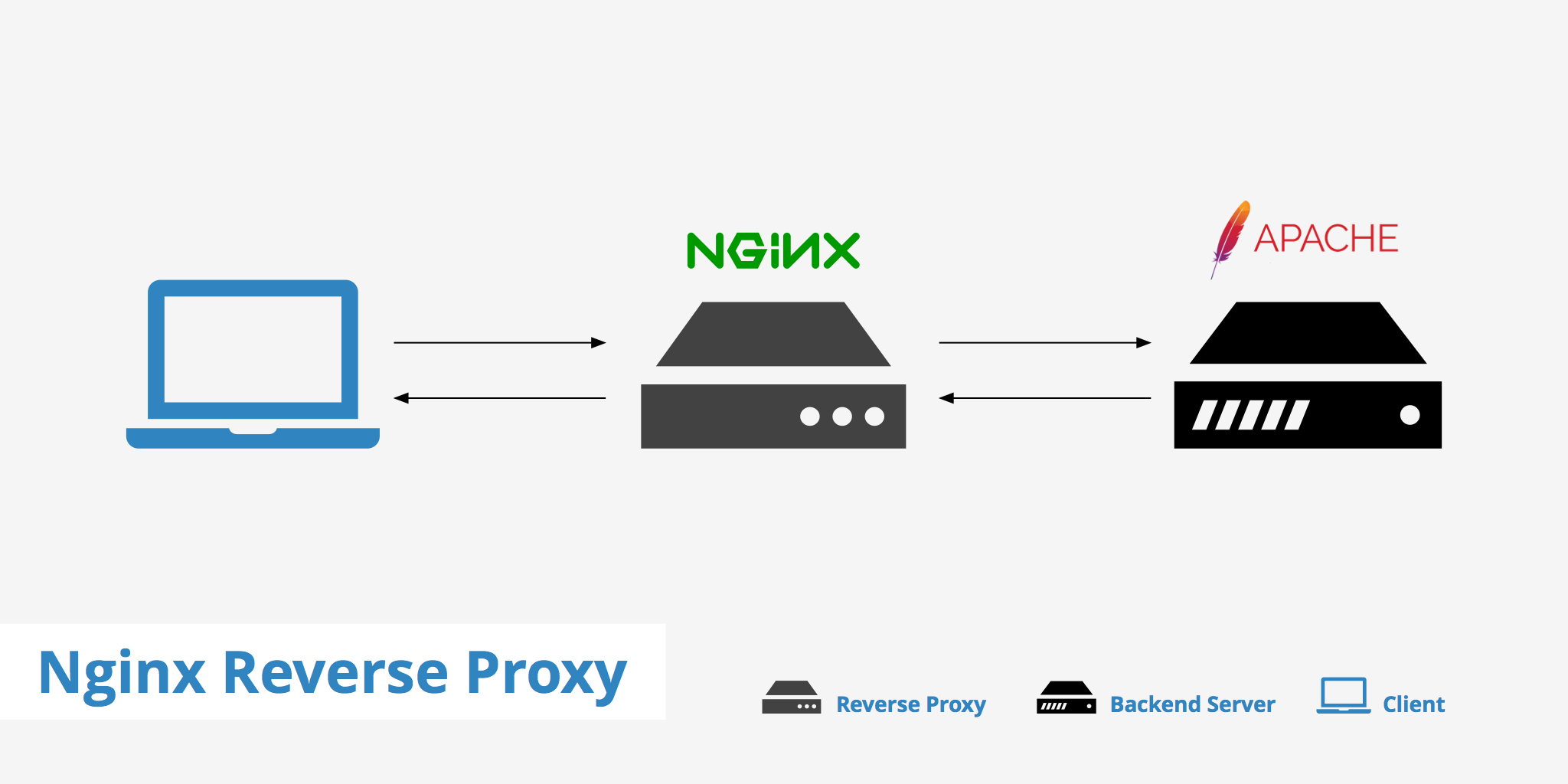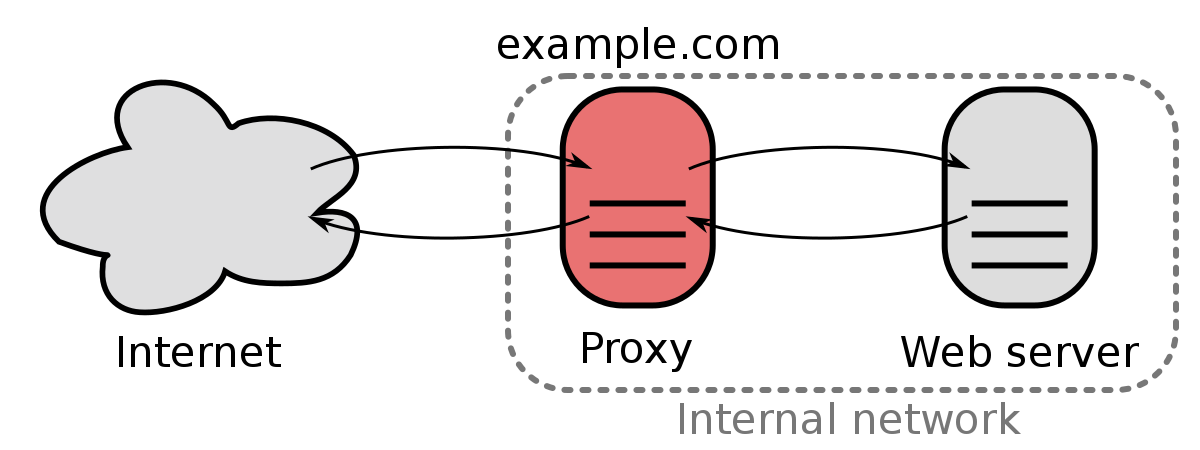
- #Proxy vs reverse proxy nginx how to#
- #Proxy vs reverse proxy nginx full#
- #Proxy vs reverse proxy nginx download#
This part usually contains a comparatively small response header and can be made smaller than the buffers for the rest of the response. The first part of the response from a proxied server is stored in a separate buffer, the size of which is set with the proxy_buffer_size directive. The proxy_buffers directive controls the size and the number of buffers allocated for a request. By default it is set to on and buffering is enabled. The directive that is responsible for enabling and disabling buffering is proxy_buffering.
#Proxy vs reverse proxy nginx download#
However, when buffering is enabled NGINX allows the proxied server to process responses quickly, while NGINX stores the responses for as much time as the clients need to download them. Buffering helps to optimize performance with slow clients, which can waste proxied server time if the response is passed from NGINX to the client synchronously. A response is stored in the internal buffers and is not sent to the client until the whole response is received. For example:īy default NGINX buffers responses from proxied servers. It can also be specified in a particular server context or in the http block. This directive can be specified in a location or higher. To change these setting, as well as modify other header fields, use the proxy_set_header directive. “Host” is set to the $proxy_host variable, and “Connection” is set to close. In this case, requests are distributed among the servers in the group according to the specified method.īy default, NGINX redefines two header fields in proxied requests, “Host” and “Connection”, and eliminates the header fields whose values are empty strings. The proxy_pass directive can also point to a named group of servers. You may also need to pass additional parameters to the server (see the reference documentation for more detail).

Note that in these cases, the rules for specifying addresses may be different. memcached_pass passes a request to a memcached server.scgi_pass passes a request to an SCGI server.uwsgi_pass passes a request to a uwsgi server.fastcgi_pass passes a request to a FastCGI server.

To pass a request to a non-HTTP proxied server, the appropriate **_pass directive should be used:
#Proxy vs reverse proxy nginx full#
If the address is specified without a URI, or it is not possible to determine the part of URI to be replaced, the full request URI is passed (possibly, modified). For example, here the request with the /some/path/page.html URI will be proxied to. If the URI is specified along with the address, it replaces the part of the request URI that matches the location parameter. Note that in the first example above, the address of the proxied server is followed by a URI, /link/. To pass a request to an HTTP proxied server, the proxy_pass directive is specified inside a location.

Supported protocols include FastCGI, uwsgi, SCGI, and memcached. It is possible to proxy requests to an HTTP server (another NGINX server or any other server) or a non-HTTP server (which can run an application developed with a specific framework, such as PHP or Python) using a specified protocol. When NGINX proxies a request, it sends the request to a specified proxied server, fetches the response, and sends it back to the client. Proxying is typically used to distribute the load among several servers, seamlessly show content from different websites, or pass requests for processing to application servers over protocols other than HTTP.
#Proxy vs reverse proxy nginx how to#
You will learn how to pass a request from NGINX to proxied servers over different protocols, modify client request headers that are sent to the proxied server, and configure buffering of responses coming from the proxied servers. This article describes the basic configuration of a proxy server. Open up your sites-available config file for your Proxmox site with a text editor: vi /etc/nginx/sites-available/įind the location tag for your site and add the following: proxy_http_version 1.Configure NGINX as a reverse proxy for HTTP and other protocols, with support for modifying request headers and fine-tuned buffering of responses. In fact, it’s as easy as adding three additional lines to your Nginx config file for the location tag that serves your Proxmox Web GUI. If you use Nginx to reverse proxy your Proxmox Web GUI already, making it websocket compatible is very easy. You’ll also need one of the more recent versions of Nginx for this to work. If you don’t already have Nginx set up, see my other post on How to reverse proxy the Proxmox Web GUI.


 0 kommentar(er)
0 kommentar(er)
